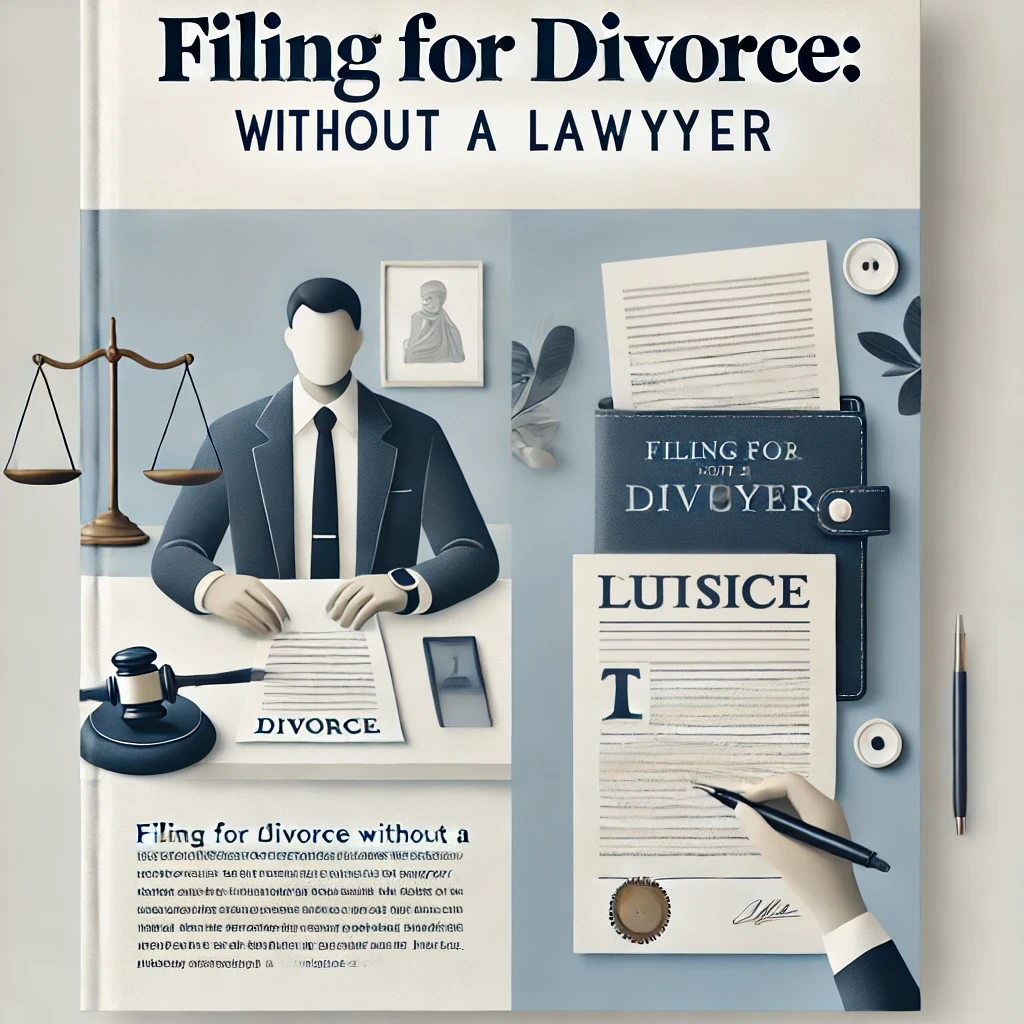
How to Create a Living Trust: Your Essential Guide to Estate Planning
Understanding the Importance of a Living Trust
Creating a living trust is a crucial component of effective estate planning, allowing you to manage your assets during your lifetime and dictate their distribution after your passing. Unlike a will, which only takes effect after death, a living trust is operational as soon as it is established, offering flexibility and control over your estate while you are alive. This comprehensive guide will take you through the step-by-step process of creating a living trust, emphasizing its benefits, legal considerations, and the pitfalls to avoid. Whether you're looking to avoid probate, protect your assets, or ensure a smooth transition for your heirs, understanding how to create a living trust is essential. As we navigate these steps together, you will discover how accessible and beneficial this estate planning tool can be.
Key Points to Keep in Mind
- What is a Living Trust?
- Benefits of a Living Trust
- Steps to Create a Living Trust
- Common Legal Pitfalls
- Consulting a Legal Expert
A living trust is a legal entity that holds your assets during your lifetime and specifies how they should be distributed upon your death.
Living trusts help avoid probate, reduce estate taxes, and provide privacy as they do not become public records.
Follow our comprehensive guide to effectively create and manage your living trust.
Be aware of common mistakes, such as not transferring assets into the trust or failing to update beneficiaries.
Engaging a legal consultant ensures your living trust meets all legal requirements and is tailored to your needs.
Step-by-Step Guide to Creating Your Living Trust
- Step 1: Determine Your Goals
- Step 2: Choose the Right Type of Trust
- Step 3: Select a Trustee
- Step 4: List Your Assets
- Step 5: Draft the Trust Document
- Step 6: Fund the Trust
- Step 7: Review and Update Regularly
Begin by assessing why you want to create a living trust. Consider factors such as avoiding probate, protecting assets, and ensuring your heirs are taken care of.
Decide whether you need a revocable or irrevocable living trust. Revocable trusts can be changed or revoked at any time, while irrevocable trusts cannot.
Choose a reliable trustee to manage the trust assets. This can be yourself, a family member, or a professional trustee.
Compile a comprehensive list of assets to include in the trust, such as real estate, bank accounts, investments, and personal property.
Create the trust document, detailing the terms, trustee responsibilities, and how assets will be distributed. It's advisable to seek legal assistance in this process.
Transfer ownership of your assets into the trust by changing titles and beneficiary designations. This step is crucial to ensure all assets are protected.
Periodically review your living trust to ensure it reflects any changes in your circumstances, such as marriage, divorce, or the birth of children.
Legal Insights and Common Pitfalls When Creating a Living Trust
While the process of creating a living trust may seem straightforward, there are several important legal insights and pitfalls that individuals must navigate. One significant consideration is the distinction between revocable and irrevocable trusts. Revocable trusts allow for flexibility, enabling you to modify or dissolve the trust as your circumstances change. However, they do not provide asset protection from creditors, which is where irrevocable trusts come into play. These trusts can shield assets from creditors and may offer tax benefits but cannot be altered once established. Additionally, failing to properly fund your trust is a common pitfall that can undermine its purpose. Many individuals create a trust but neglect to transfer ownership of their assets into it. This can lead to probate proceedings for any assets not held within the trust, negating the primary benefit of avoiding probate. Case law also highlights the importance of following state-specific regulations when drafting and executing a trust. For instance, in the case of *Tew v. Tew*, the court ruled against an individual who attempted to include an asset in a trust after the grantor's death, emphasizing the necessity of transferring assets while the grantor is alive. Lastly, keeping the beneficiaries informed about the trust can prevent disputes and ensure that your wishes are honored, reducing the risk of litigation after your passing.

Real-Life Examples of Living Trusts in Action
- Case Study 1: The Johnson Family
- Case Study 2: Sarah’s Irrevocable Trust
The Johnsons, a family of four, decided to create a living trust after witnessing the lengthy probate process faced by their friends. By establishing a revocable living trust and transferring their home, bank accounts, and investments into the trust, they ensured that their assets would be directly passed to their children without the delays and costs typically associated with probate. When Mr. Johnson passed away unexpectedly, the family was relieved to find that the transition of assets was seamless and stress-free, allowing them to focus on grieving rather than navigating a complex legal process.
Sarah, a business owner, was concerned about potential liability from her company. To protect her personal assets from creditors, she established an irrevocable living trust. By transferring her real estate and savings into the trust, Sarah ensured that these assets were shielded from any future claims against her business. When a lawsuit arose, Sarah was grateful for her proactive approach to estate planning, as her trust preserved her family's wealth and provided peace of mind.
FAQs
- What is the difference between a will and a living trust?
- Can I change my living trust after it's created?
- Do I need a lawyer to create a living trust?
- How is a living trust funded?
- What happens to my living trust when I die?
A will takes effect after your death and is subject to probate, while a living trust is effective immediately, allowing for direct management of your assets during your lifetime. A living trust also avoids the probate process, keeping your affairs private and streamlining the transition of your assets to your beneficiaries.
Yes, if you have a revocable living trust, you can modify or revoke it at any time as long as you are mentally competent. This flexibility allows you to make changes in response to life events or changes in your wishes. However, irrevocable trusts cannot be changed once they are established, so it's essential to consider your long-term goals before choosing this option.
While it is possible to create a living trust without legal assistance using online templates, it is highly recommended to consult with an estate planning attorney. An experienced lawyer can ensure that your trust is legally sound, tailored to your specific needs, and compliant with your state's laws, ultimately saving you time and potential issues in the future.
Funding a living trust involves transferring ownership of your assets into the trust. This can be done by changing the title of real estate, updating bank account beneficiaries, and transferring ownership of investments. It is crucial that this step is completed for the trust to function as intended. Without funding, the trust will not protect your assets from probate.
Upon your death, the assets held in your living trust are distributed to the beneficiaries according to your specified instructions in the trust document. This process occurs without court intervention, thereby avoiding probate and expediting the transfer of your assets to your loved ones.
Additional Resources for Estate Planning
For further information on living trusts and estate planning, consider the following resources: - National Academy of Elder Law Attorneys (NAELA) - Provides a directory of qualified estate planning attorneys. - American Bar Association (ABA) - Offers guides and resources on estate planning. - Local estate planning workshops or webinars - Look for community events that provide valuable information on trusts and estate management.
Final Thoughts on Creating a Living Trust
Creating a living trust is an empowering step towards securing your financial future and protecting your loved ones. By following the steps outlined in this guide, you can confidently establish a trust that meets your unique needs and preferences. Remember, the benefits of a living trust extend beyond just avoiding probate; they provide peace of mind knowing that your wishes will be honored, and your assets will be managed according to your desires. As you embark on this journey, consult with a legal expert to ensure your trust is set up correctly and truly reflects your intentions.
Contact Lex Harper for Expert Estate Planning Guidance
Don't navigate the complexities of estate planning alone. Contact Lex Harper today for personalized legal consulting that will help you create a living trust tailored to your needs. Visit our website to learn more about our services and schedule a consultation.





Comments